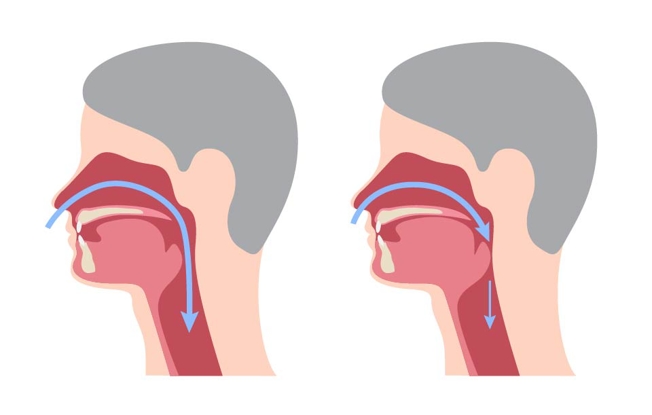What Are The ABCDEs of Skin Cancer?
- Category: Cancer, Oncology, Parrish Cancer Center
- Posted On:
- Written By: Parrish Healthcare

Contrary to popular belief, any type of skin tone is vulnerable to contracting skin cancer, and early detection is the key to increase your chances of survival. Not only can the ABCDE method of spotting skin cancer help catch signs early, knowing the risk factors can help you take steps in preventing it.
What are the ABCDEs of Skin Cancer?
Conducting frequent self-examinations can help you identify lesions that may indicate skin cancer. Give yourself a spot check with the ABCDEs of skin cancer:
- Asymmetry: One side of a mole or birthmark does not match the other side.
- Border: Irregular or scalloped borders.
- Color: Colors vary and may have shades of tan, brown, and black or sometimes white, red, pink, or blue.
- Diameter: If the spot is larger than 6mm (the size of a pencil eraser). However, sometimes it can be smaller.
- Evolving: If the mole or skin lesion is suddenly changing size, shape, and/or color.
Symptoms
The following may indicate the onset of skin cancer:
- New growths and moles.
- Present growth and moles that continue to grow.
- Stubborn lesions that don’t heal and may itch change or bleed.
- The mole or patch appears in an abnormal brown or pink color.
Risk Factors
The following risk factors could increase your vulnerability in getting skin cancer:
- Exposing the skin to ultraviolet rays from either tanning beds or the sun.
- Weakened immune systems caused by chronic illnesses, such as HIV/AIDS, or intense medications, such as chemotherapy.
- Exposure to arsenic chemicals and ionizing radiations such as X-ray.
- Lighter skin tones.
- A prior skin cancer diagnosis can increase the chances of developing it again in the future.
Prevention Methods
Making lifestyle changes can reduce your risk of skin cancer. Here are some things you can do:
- Self-examination from head to toe every four weeks.
- Visit your physician for professional skin cancer screenings.
- Invest in a quality sunscreen and apply adequately on the whole body before going into the sun. Reapply often.
- Avoid tanning beds.
- Wear protective gear such as hats, long sleeves whenever possible, and sunglasses when stepping into the sun.
- Stay in the shade when the sun is at its strongest hours between 10 am to 4 pm.
Early detection of skin cancer can improve the chances of successful treatment. For more information about skin cancer treatment and prevention, The Parrish Cancer Center can help answer your questions and concerns. We offer the latest treatments, advances, and services in cancer treatment and care.


.jpg)
